Is Your Child’s Clubfoot Coming Back? Signs of Relapse Every Parent Should Know
Clubfoot is a treatable condition—and with early intervention, most children go on to walk and play normally. But even after successful treatment, there’s a chance the condition can come back, especially during early childhood. This is known as clubfoot relapse.
Understanding the signs of recurrence and staying proactive with follow-up care can make all the difference in preventing long-term problems.
What Is Clubfoot Relapse?
Clubfoot relapse refers to the reappearance of inward foot deformity after it was initially corrected—typically using the Ponseti method (casting, minor surgery, and bracing).
Relapse can happen:
- In the first 2–3 years after treatment
- When bracing is not used correctly or discontinued too early
- Due to natural growth changes in the child’s bones and muscles
Why Does Clubfoot Relapse?
The muscles around the foot and ankle in children with clubfoot tend to be weaker and tighter, even after treatment. This makes the foot more prone to drifting back into an abnormal position if:
- Braces are not worn as prescribed
- The child has tight tendons or ligaments
- There is muscle imbalance during growth
- The child had a more severe form of clubfoot initially
Early Signs of Clubfoot Coming Back
Watch closely for these early symptoms:
- The foot starts turning inward again
- Difficulty standing flat on the foot
- Toe-walking on the affected side
- Stiffness in the ankle or foot joint
- Tripping or limping during walking
- One foot appearing different from the other
It’s important to note that relapse is usually painless—but visible changes in foot shape or movement are key warning signs.
What Should You Do?
If you suspect a relapse, don’t wait. Early management can often correct the problem without surgery.
Treatment options may include:
- Recasting using the Ponseti method
- Night bracing adjustments or reintroduction
- Stretching and physiotherapy to improve mobility
- In more severe cases, minor surgery may be needed to lengthen tendons or release tight structures
Importance of Long-Term Follow-Up
Relapse is most common in the first 5 years, so continued checkups with a pediatric orthopedic specialist are essential. Your doctor will monitor foot alignment, muscle strength, and brace fit to ensure long-term correction.
Keep Your Child on the Right Path
If you notice signs of clubfoot recurrence in your child, schedule a follow-up with Dr. Nargesh Agrawal at Child OrthoCare. Early intervention ensures your child stays active, confident, and pain-free.
Contact Information
Clinic Name: Child OrthoCare
Consulting Pediatric Orthopedic Surgeon: Dr. Nargesh Agrawal
Address: C-7, Ground Floor, D- Park, Model Town -3, New Delhi 110009
Phone: +91 88517 77145
Website: www.childorthocare.online






